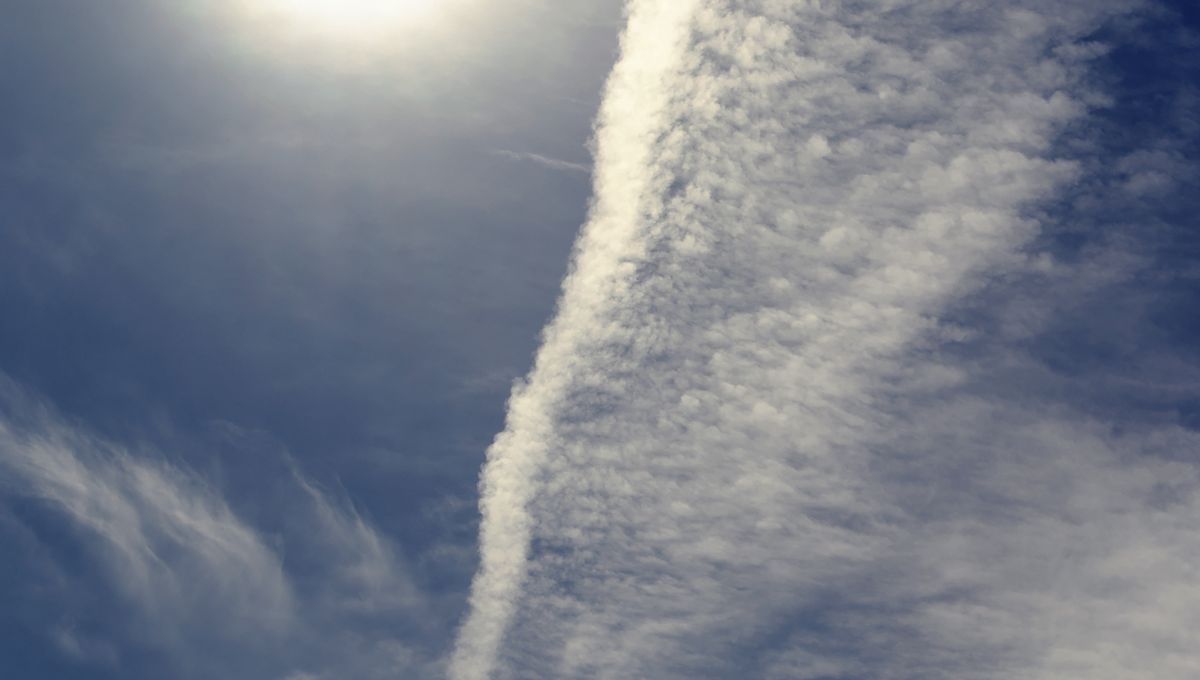
Could diamond dust help solve climate change? The precious rock might not be the first thing to cross your mind when you think of climate change but researchers have come up with an innovative way to reverse global warming, at least in theory.
The plan would involve ejecting 5 million tons of diamond particles into the atmosphere. If all went to plan, this could reduce global temperatures by 1.6°C –a significant number, especially considering that the world may have already exceeded the 1.5°C warming threshold established by the Paris Agreement.
Geoengineering is a controversial area of research that seeks to mitigate the effects of climate change and global warming by manipulating normal environmental processes. The study involves a particular type of geoengineering called stratospheric aerosol injection.
Stratospheric aerosol injection involves sending vast numbers of tiny particles or aerosols into the stratosphere–the second layer of the atmosphere–in order to deflect the sun’s light and create a cooling effect that either slows down or reverses global warming. Typically, stratospheric aerosol injection involves sulfur particles. But this can come with its own set of climate-related risks. Indeed, injecting sulfur particles into the air could have the opposite effect than intended and trigger stratospheric warming.
So, if sulfur particles are problematic, are there any suitable alternatives? To find out, researchers developed a 3D climate model to simulate how aerosols made up of different materials react in the atmosphere. This included aerosols made of aluminum, calcite, silicon carbide, anatase and rutile as well as diamond and sulfur dioxide.
The model was programmed to consider different factors, such as how good each material is at absorbing or reflecting heat. It also looked at how long they spend in the atmosphere (a process called sedimentation) and their tendency (or not) to stick together over time (a process called coagulation). Ideally, aerosols would leave the atmosphere slowly (keeping the planet cooler for longer) and avoid clumping together (as this causes warming by trapping heat).
Sulfur dioxide fared the worst and diamond came up top. Over a simulated 45 years, aerosols made of diamond proved to be the best at reflecting solar radiation.
What’s the hitch? To put it simply, one of the biggest obstacles is cost. According to Science, Vattioni says 1.6°C would require 5 million tons of diamond particles every year, which would cost close to $200 trillion before the end of the 21st century. To put that into perspective, World Bank data shows total GDP for the entire world was $105.44 trillion in 2023. So finances is no small barrier.
What’s more, the researchers themselves say it is still to be seen if it is even feasible to send solid particles into the atmosphere without causing coagulation. Sulfur dioxide was the only non-solid tested.
“I do think that it’s interesting to explore these other materials,” Douglas MacMartin, an engineer at Cornell University, told Science. “But if you ask me today what’s going to get deployed, it’s gonna be sulfate.”
This study is published in Geophysical Research Letters.
Source Link: Diamond Dust Could Help Cool The Planet And Avoid Catastrophe